Viking Sword with Tri-Lobed Pommel Late 10th-early 11th century AD A Petersen Type L variant Viking sword, the pattern-welded tapered blade with a width of about 5.7cm at the cross-guard, the point and cutting edges well preserved with traces of battlefield use clearly visible along its length; the tapered fullers are 2.2cm at their origin adjacent to the cross-guard; oppositely curved guards are wide, the pommel has a curved base-element and three lobes, with bands of separation between the lobes. 1.15 kg, 91cm (36"). Fine condition. A nice example of a well used sword. Provenance From the family collection of a South East London collector; formerly acquired in the late 1950s; accompanied by an academic report by military specialist Dr Raffaele D'Amato Literature See Petersen, J. De Norske Vikingesverd, Oslo, 1919; Bjorn A. Viking Antiquities in England, with a supplement of Viking antiquities on the Continent of Western Europe, Oslo, 1940; Oakeshott, R.E. The Archaeology of the weapons, London, 1960; Wilson D. M. ‘Some neglected Late Anglo-Saxon swords’, in Medieval Archaeology, 1965, 9(1), pp.32-54; Peirce, I. Swords of the Viking Age, Suffolk, 2002; Yotov, V. The Vikings on the Balkans, Varna, 2003. This sword finds good parallels in various similar Viking age specimens. Two very similar swords have been published by Peirce (2002, pp.77-81), both preserved at the British Museum. One of these is the very famous Witham sword (Bjorn, 1940, part 4, p.71; Oakeshott, 1960, p.134) which is, for its perfect state of preservation, one of the most important in the best public and private collections of the world. Also the Westminster sword belongs to this classification (Wilson, 1965, pp.42ff., pl. VII b). Another occasional find of this typology has been excavated in Wales in 2002. Such swords were found especially in Britain having a diffusion especially between the 900 and the 1050 AD. They correspond to the period in which England was under the influence of the Danish, who settled there, and for a while England was part of the Anglo-Danish Empire of Knut the Great (1017-1035). However, the fact that such swords are considered “Viking” does not mean they were used only by Danish warriors, instead it is highly probable they were in use both from Anglo-Saxon and Viking warriors, as shown for instance by the decoration of the guard of a similar typological sword from Norfolk (Wilson, 1965, pl. IVa), where the silver plaques remember the Winchester style, but the blade of the sword was bent according to the funerary Viking practice. Footnotes Most probably our specimen is a river find, like most swords of this type. It can be associated with the group of swords of Anglo-Saxon origin which comprises the Westminster Sword, the Abingdon sword, the Thames Sword, the Witham sword and many others. The most important stylistic element of this group is the lozenge decorations, here missing, but the general shape is absolutely identical. The category of this sword is characterised also from the three-lobate or five-lobate pommel. There were a number of methods of attaching the pommel in the late Anglo-Saxon period. Most of them depend on sweating the bar of the pommel on to the tang and attaching the pommel-knob either (a) by riveting the end of the tang over the pommel-knob or (b) by riveting the pommel and the pommel guard together or (c) by passing an iron bar through the pommel-guard and the pommel-knob. The first system is here visible, like in most part of the swords of Petersen type L (for instance on the sword recovered from the river Wensum, at Norwich, S. Wilson, 1965, pl.VI,B). After the Norman conquest of 1066 AD, many Anglo-Saxons escaped to the East to join the ranks of the Imperial Guard of Byzantium, and in particular of the Varangian Guard, to which the sword belongs.
Viking Sword with Tri-Lobed Pommel Late 10th-early 11th century AD A Petersen Type L variant Viking sword, the pattern-welded tapered blade with a width of about 5.7cm at the cross-guard, the point and cutting edges well preserved with traces of battlefield use clearly visible along its length; the tapered fullers are 2.2cm at their origin adjacent to the cross-guard; oppositely curved guards are wide, the pommel has a curved base-element and three lobes, with bands of separation between the lobes. 1.15 kg, 91cm (36"). Fine condition. A nice example of a well used sword. Provenance From the family collection of a South East London collector; formerly acquired in the late 1950s; accompanied by an academic report by military specialist Dr Raffaele D'Amato Literature See Petersen, J. De Norske Vikingesverd, Oslo, 1919; Bjorn A. Viking Antiquities in England, with a supplement of Viking antiquities on the Continent of Western Europe, Oslo, 1940; Oakeshott, R.E. The Archaeology of the weapons, London, 1960; Wilson D. M. ‘Some neglected Late Anglo-Saxon swords’, in Medieval Archaeology, 1965, 9(1), pp.32-54; Peirce, I. Swords of the Viking Age, Suffolk, 2002; Yotov, V. The Vikings on the Balkans, Varna, 2003. This sword finds good parallels in various similar Viking age specimens. Two very similar swords have been published by Peirce (2002, pp.77-81), both preserved at the British Museum. One of these is the very famous Witham sword (Bjorn, 1940, part 4, p.71; Oakeshott, 1960, p.134) which is, for its perfect state of preservation, one of the most important in the best public and private collections of the world. Also the Westminster sword belongs to this classification (Wilson, 1965, pp.42ff., pl. VII b). Another occasional find of this typology has been excavated in Wales in 2002. Such swords were found especially in Britain having a diffusion especially between the 900 and the 1050 AD. They correspond to the period in which England was under the influence of the Danish, who settled there, and for a while England was part of the Anglo-Danish Empire of Knut the Great (1017-1035). However, the fact that such swords are considered “Viking” does not mean they were used only by Danish warriors, instead it is highly probable they were in use both from Anglo-Saxon and Viking warriors, as shown for instance by the decoration of the guard of a similar typological sword from Norfolk (Wilson, 1965, pl. IVa), where the silver plaques remember the Winchester style, but the blade of the sword was bent according to the funerary Viking practice. Footnotes Most probably our specimen is a river find, like most swords of this type. It can be associated with the group of swords of Anglo-Saxon origin which comprises the Westminster Sword, the Abingdon sword, the Thames Sword, the Witham sword and many others. The most important stylistic element of this group is the lozenge decorations, here missing, but the general shape is absolutely identical. The category of this sword is characterised also from the three-lobate or five-lobate pommel. There were a number of methods of attaching the pommel in the late Anglo-Saxon period. Most of them depend on sweating the bar of the pommel on to the tang and attaching the pommel-knob either (a) by riveting the end of the tang over the pommel-knob or (b) by riveting the pommel and the pommel guard together or (c) by passing an iron bar through the pommel-guard and the pommel-knob. The first system is here visible, like in most part of the swords of Petersen type L (for instance on the sword recovered from the river Wensum, at Norwich, S. Wilson, 1965, pl.VI,B). After the Norman conquest of 1066 AD, many Anglo-Saxons escaped to the East to join the ranks of the Imperial Guard of Byzantium, and in particular of the Varangian Guard, to which the sword belongs.

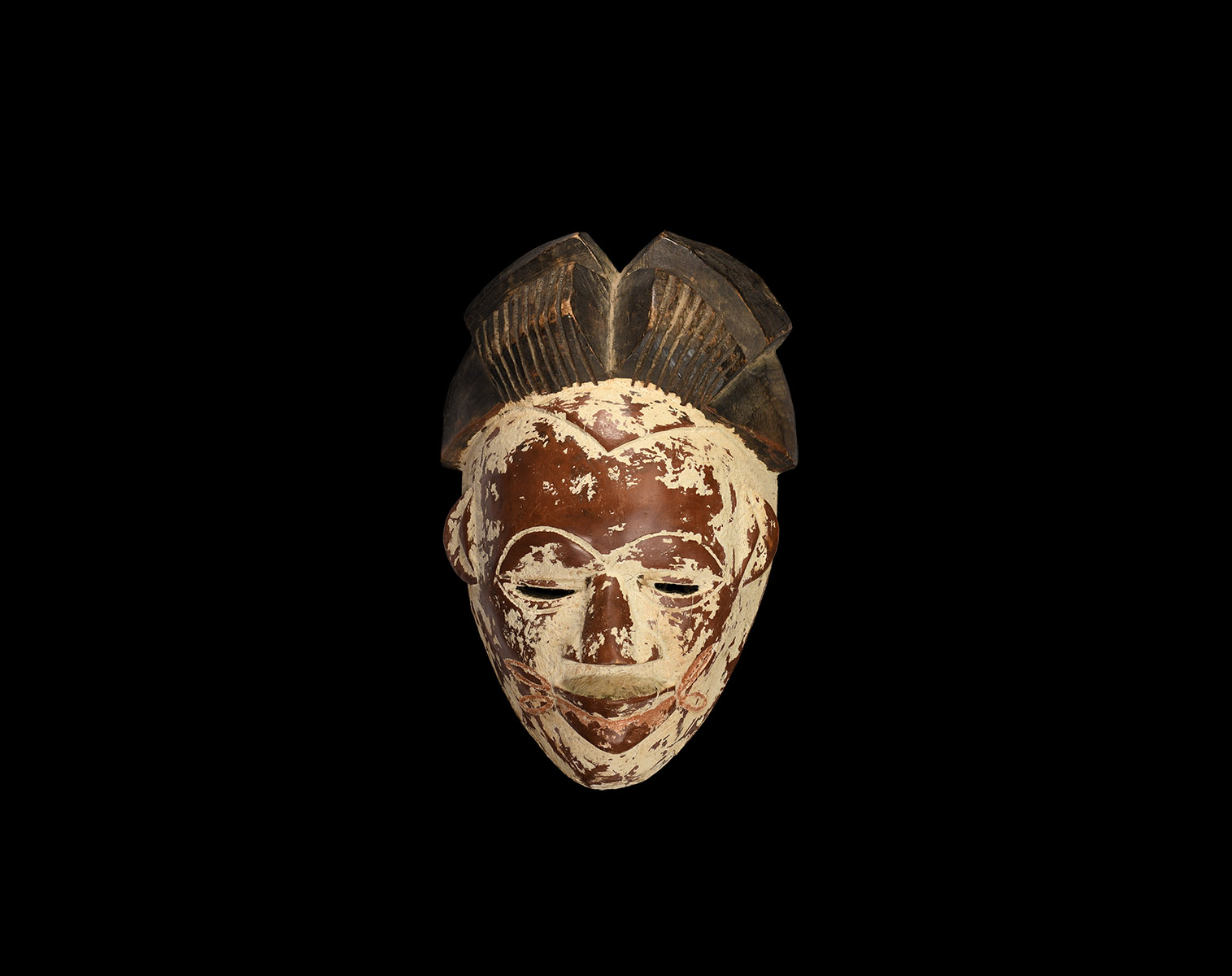
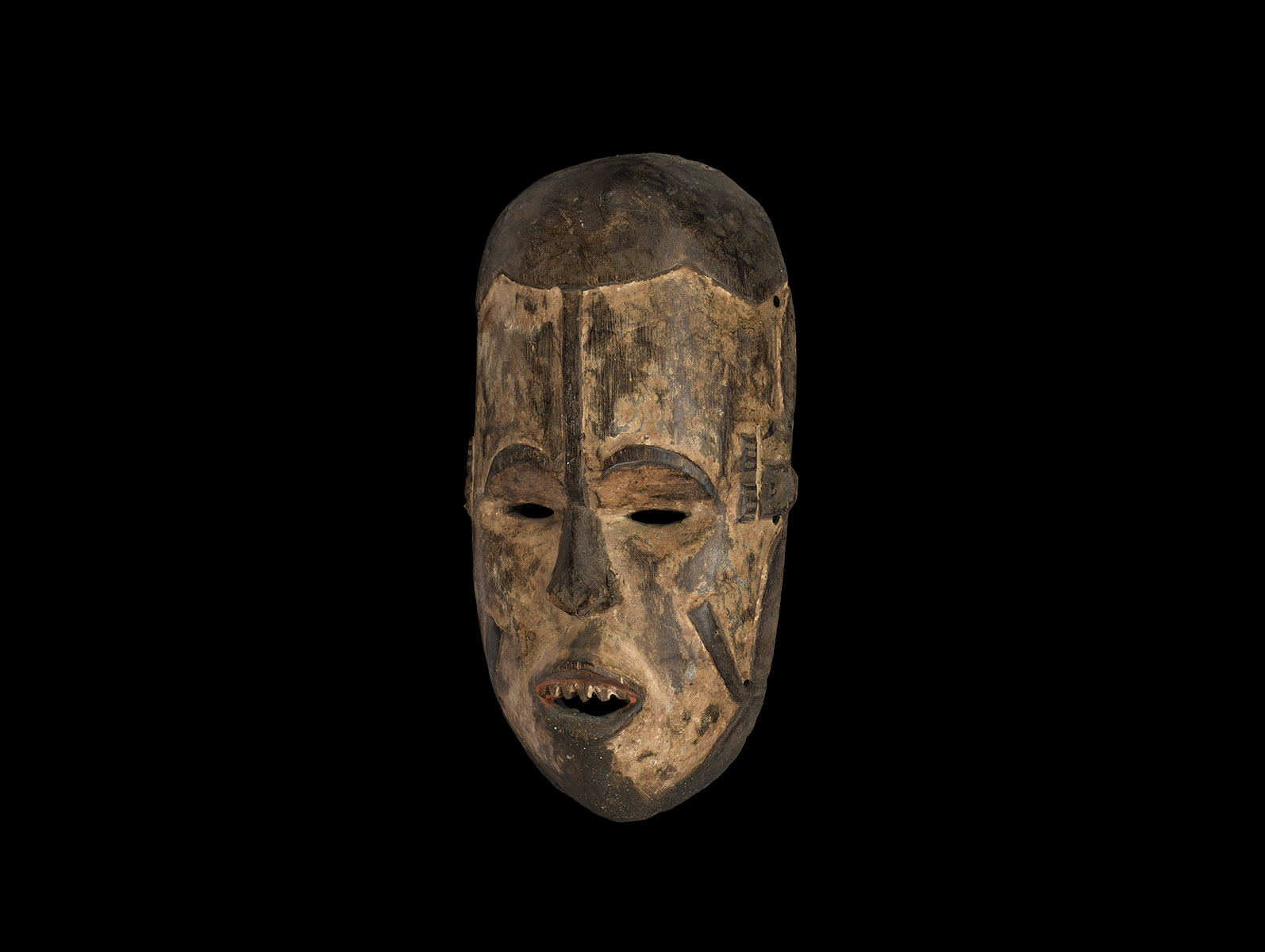
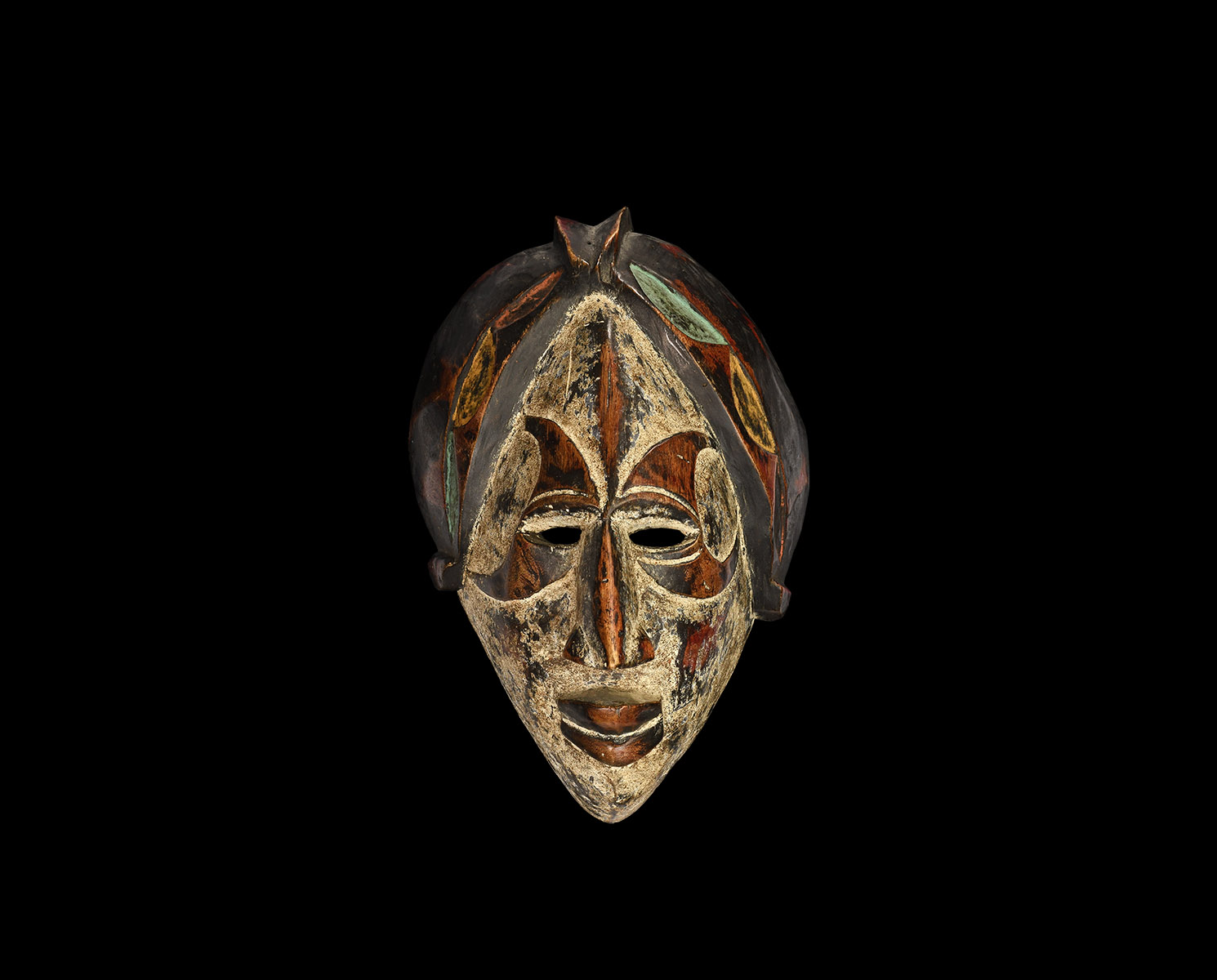
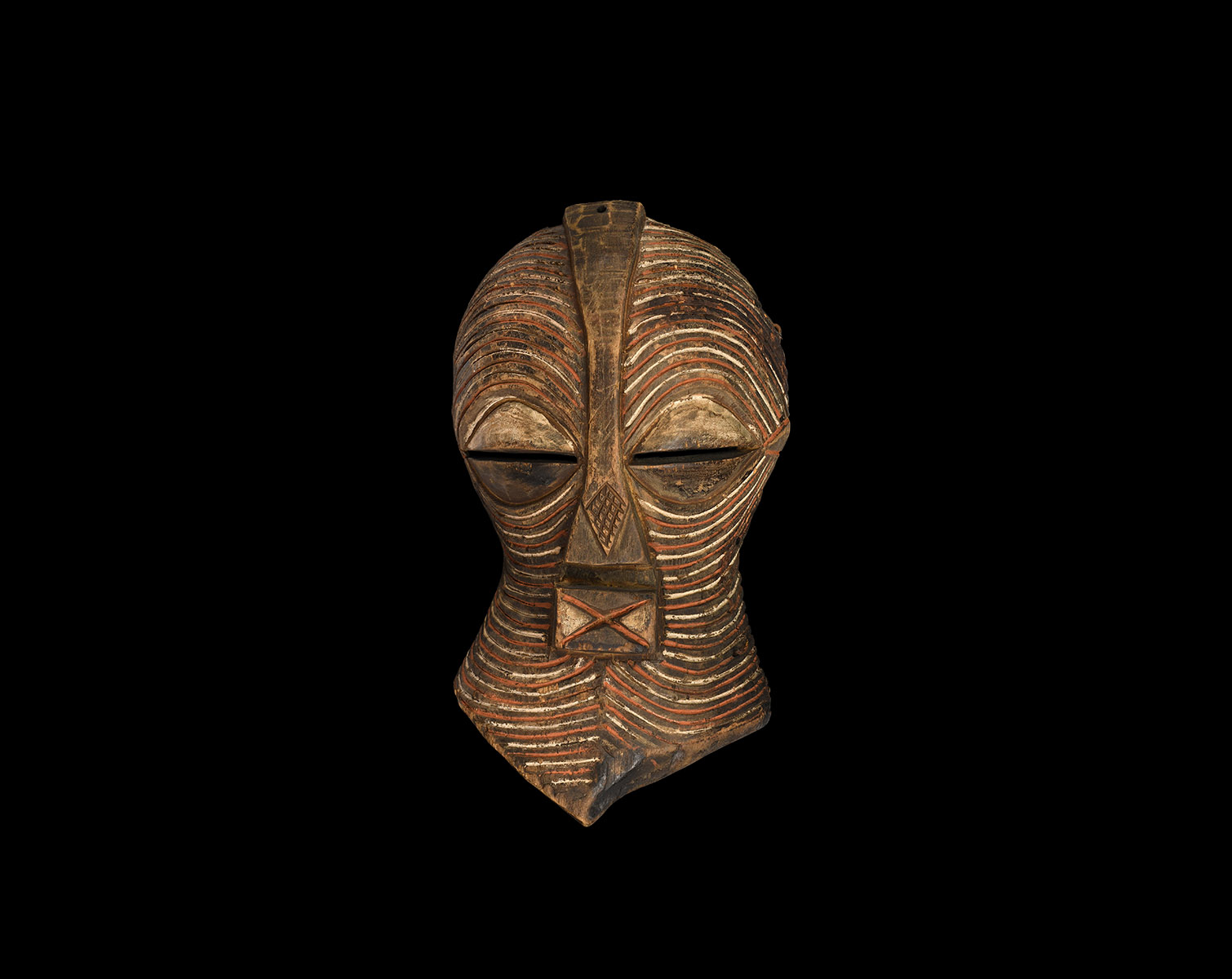
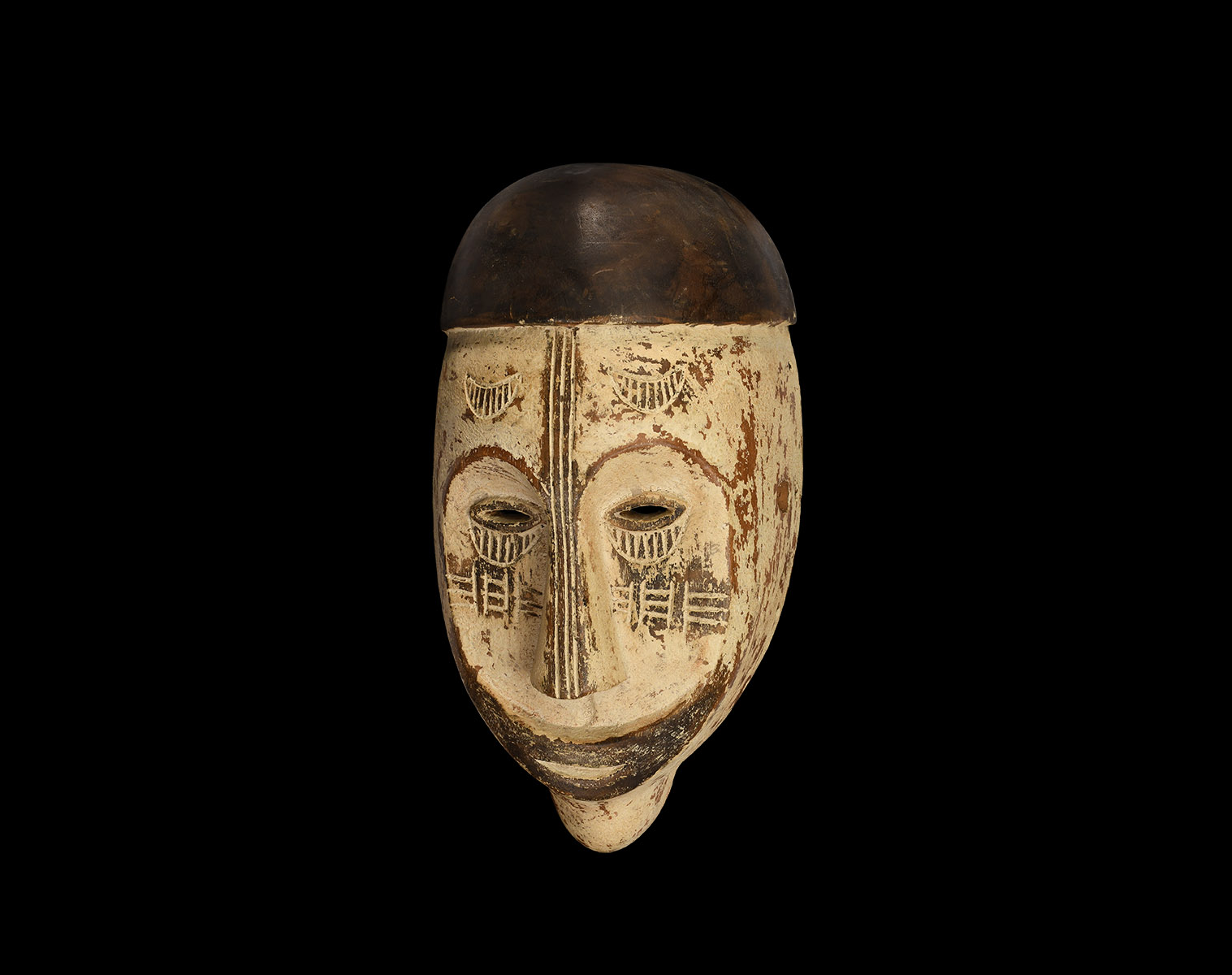
.jpg)
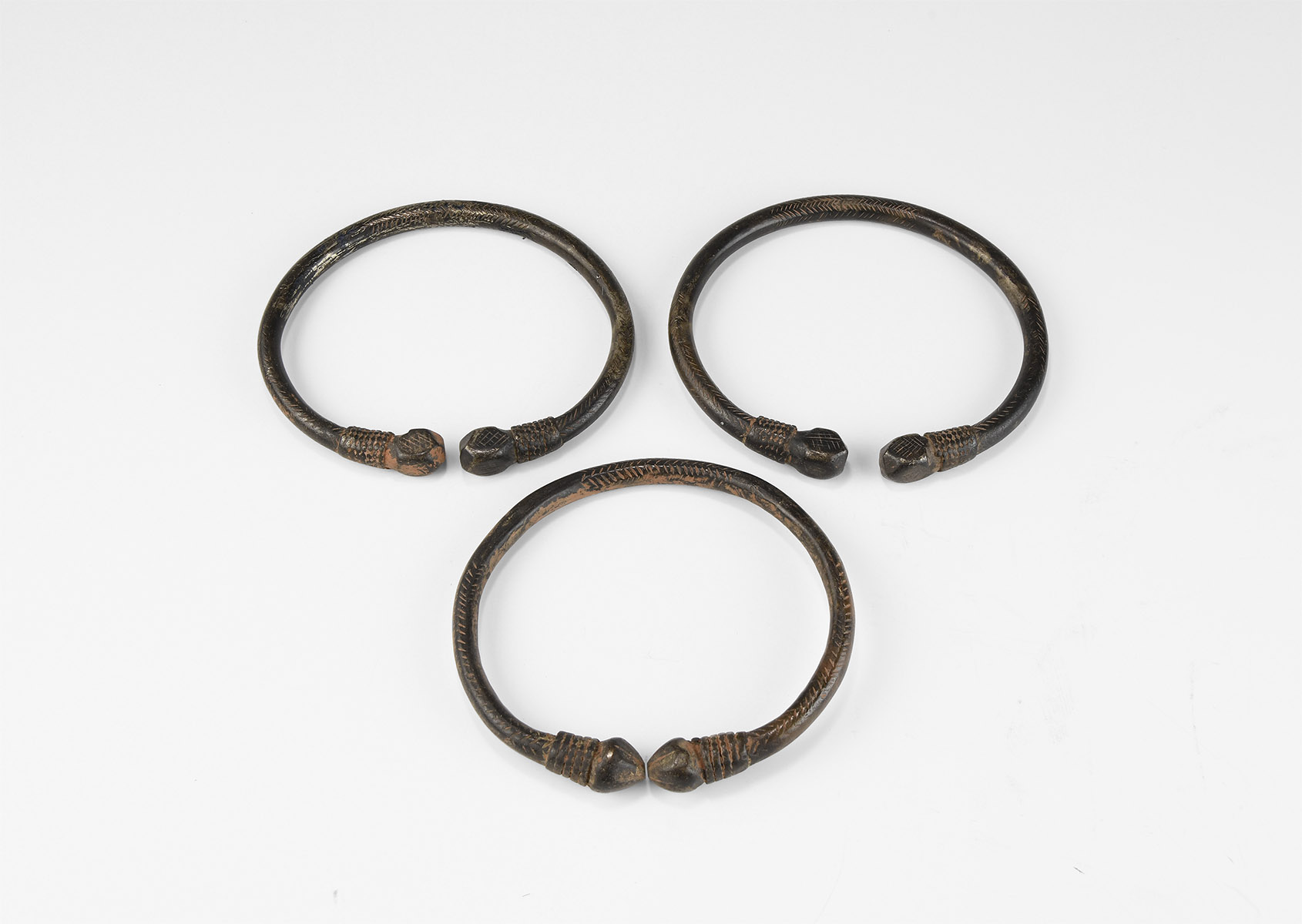
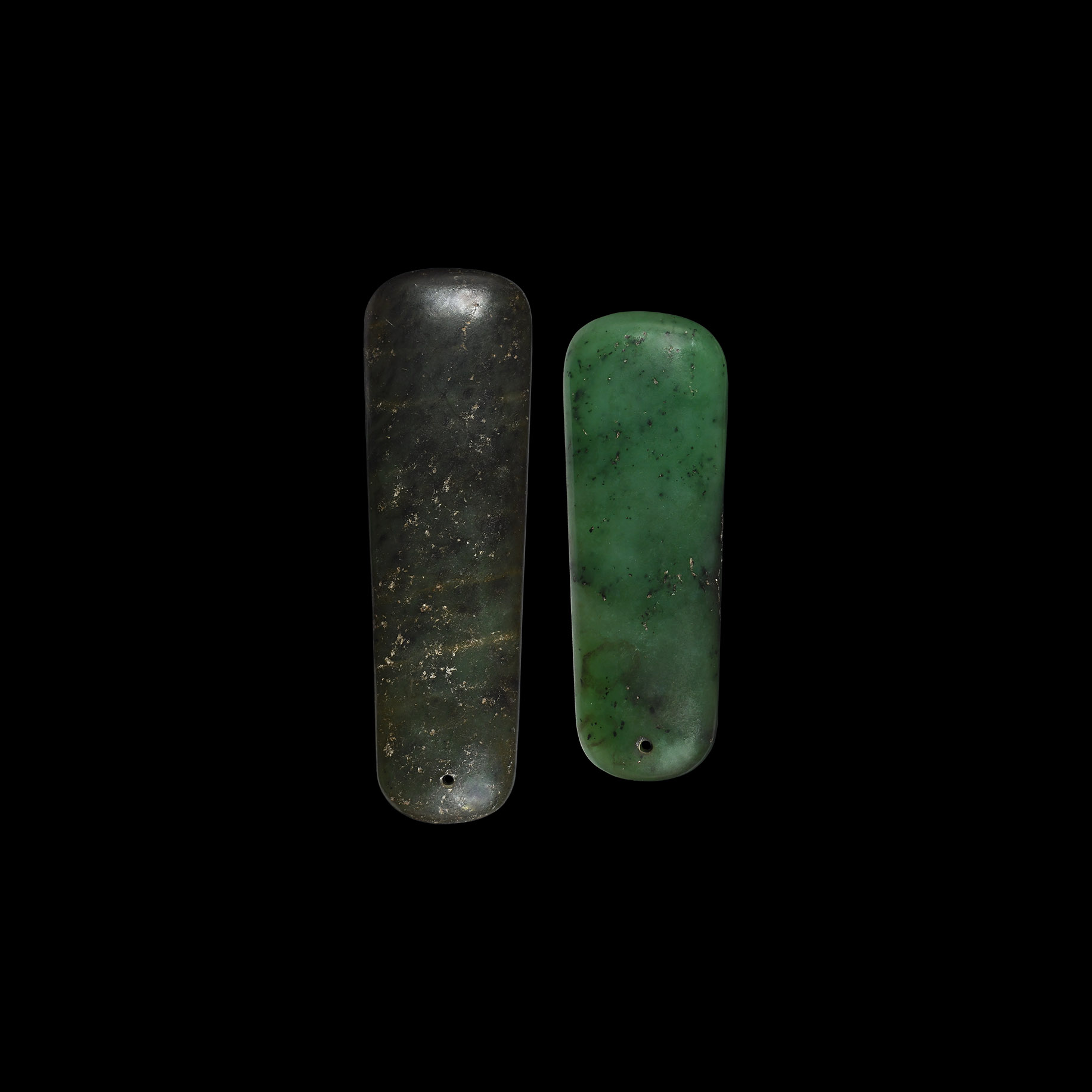
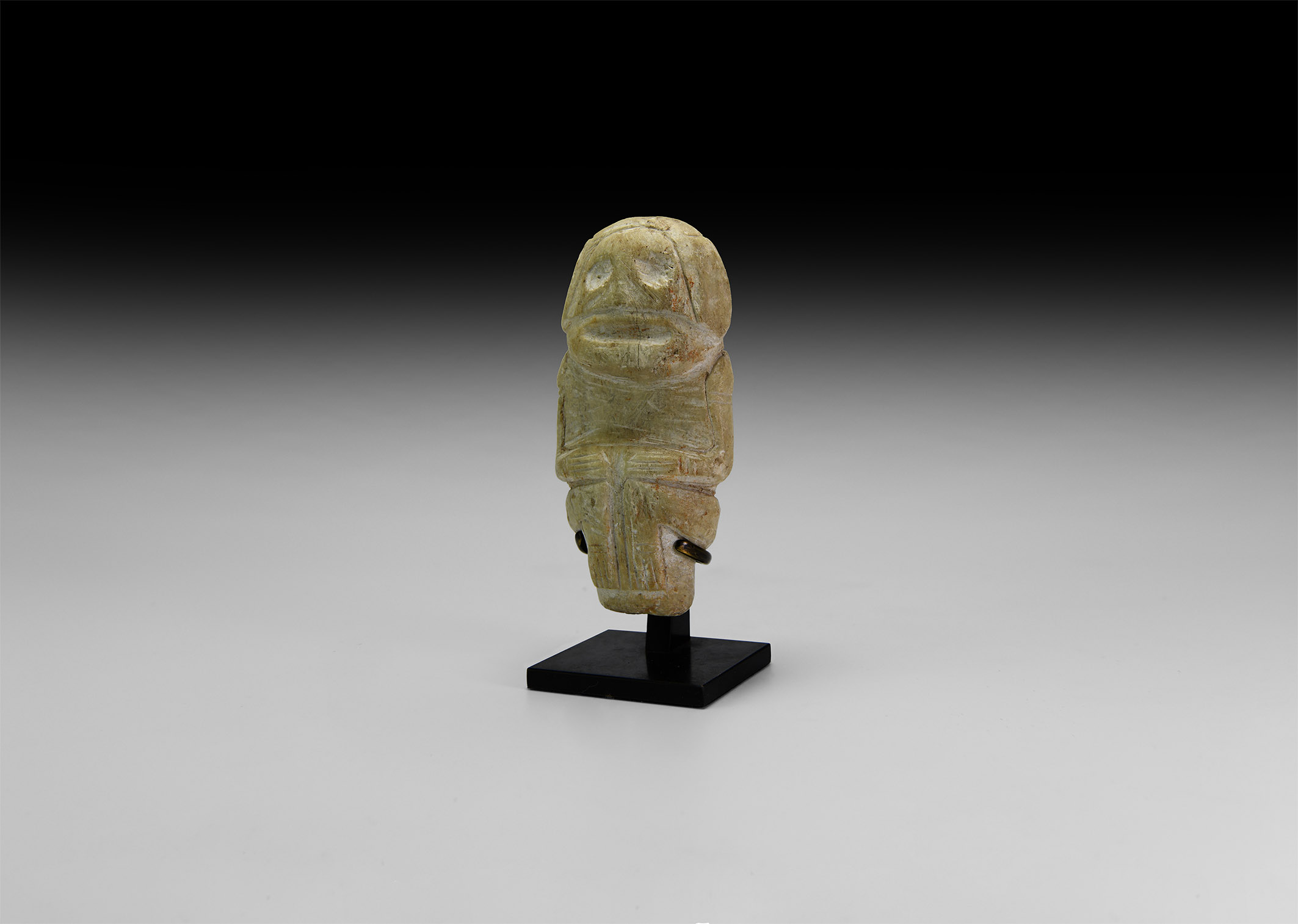
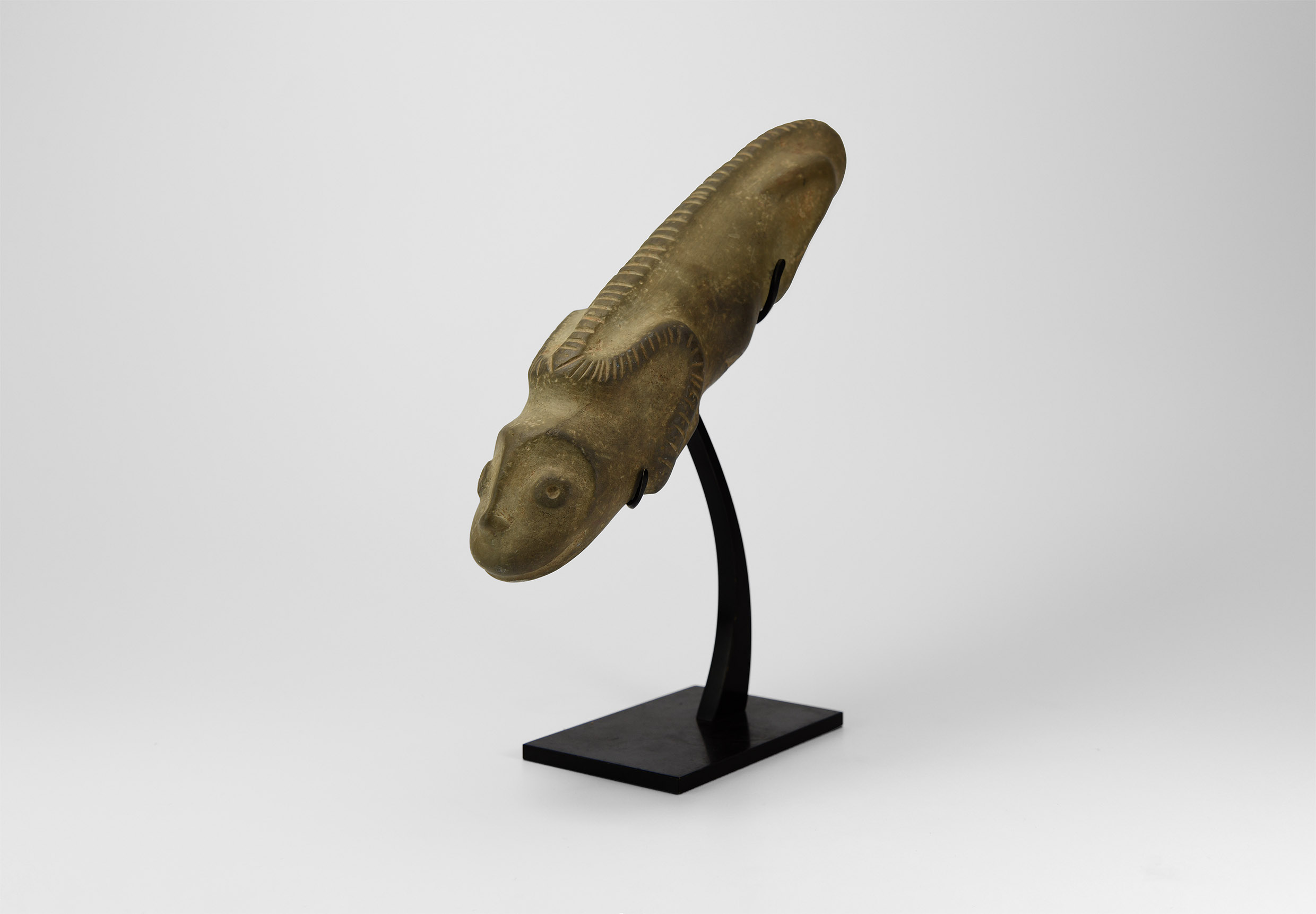
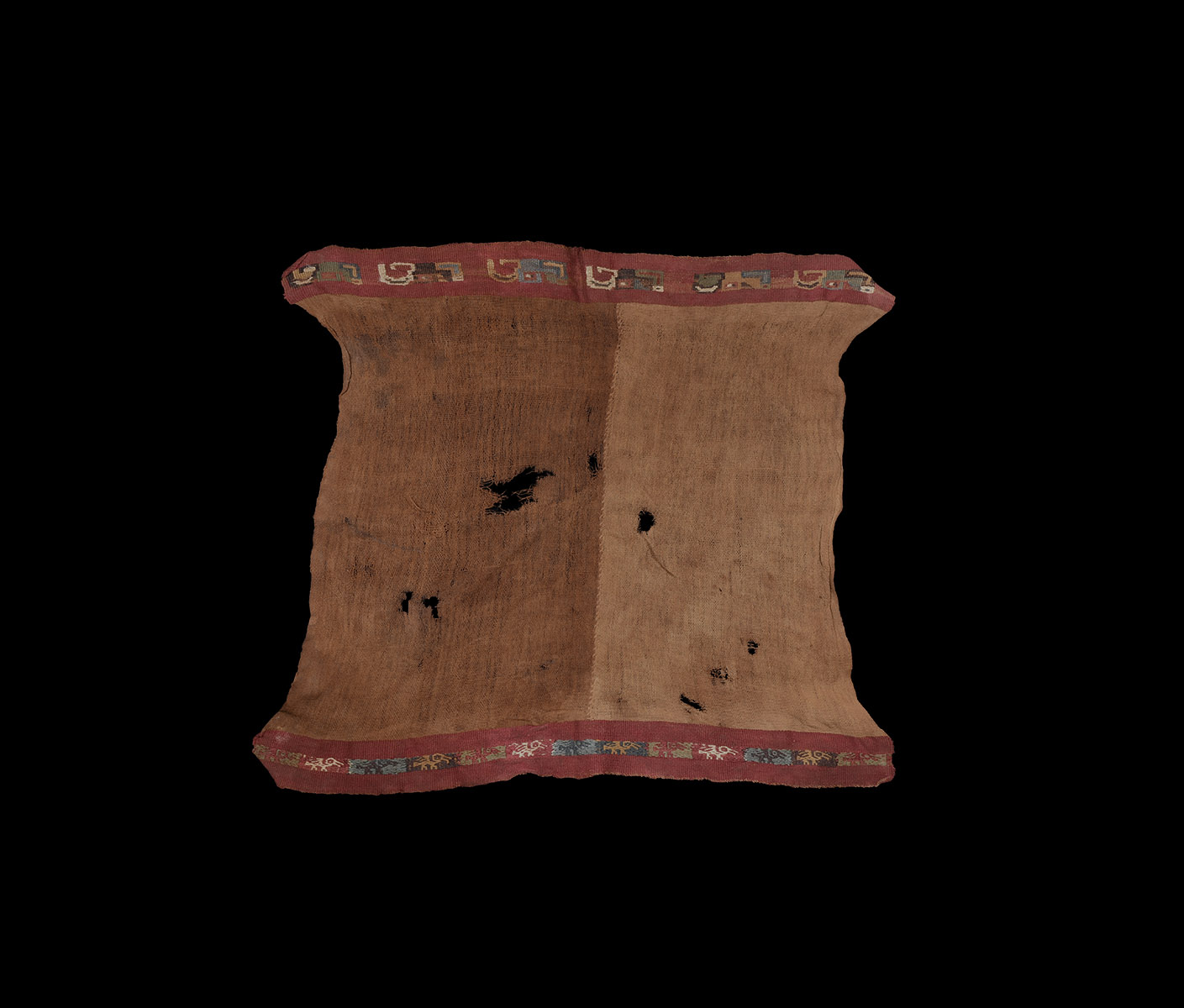
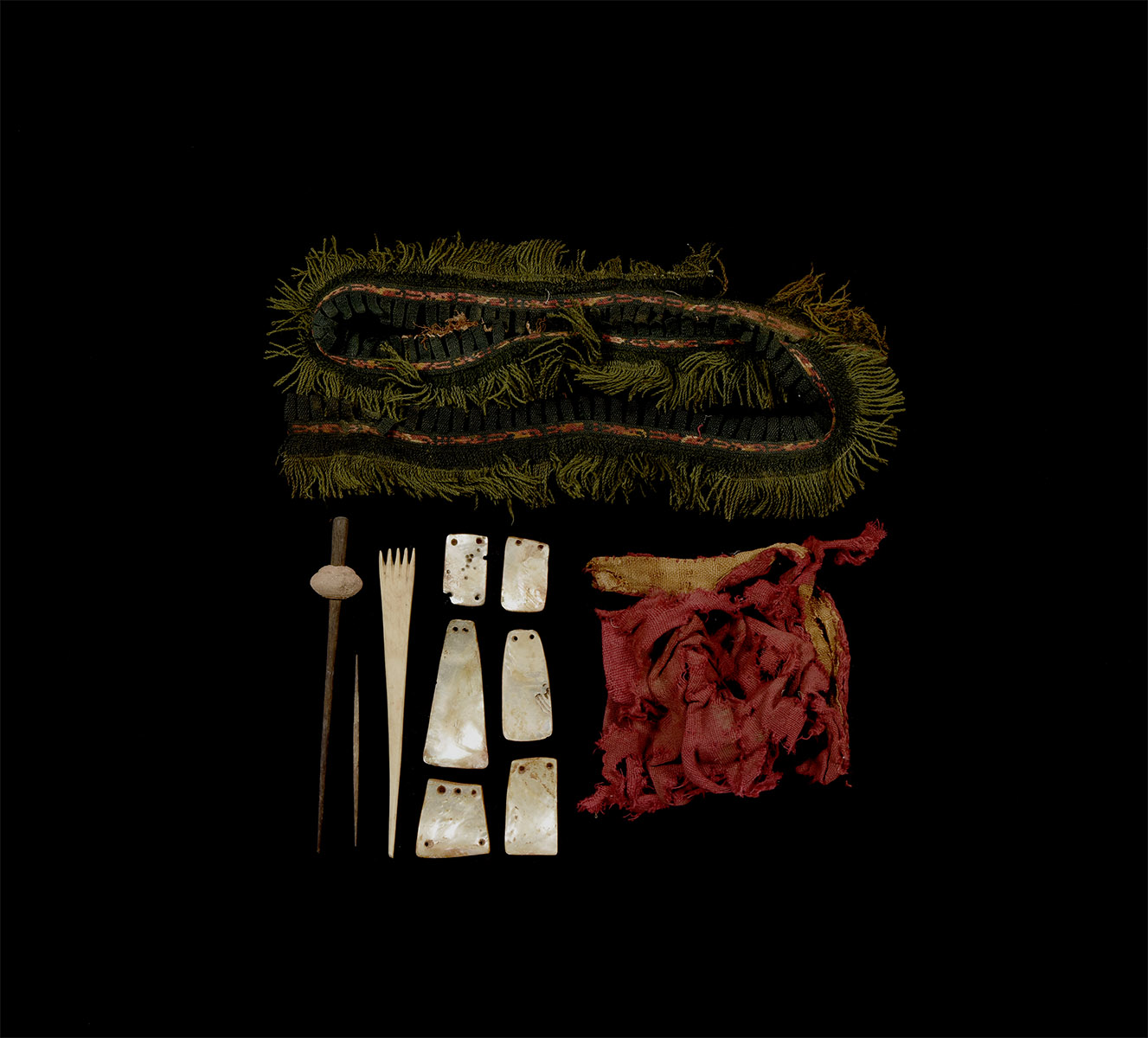
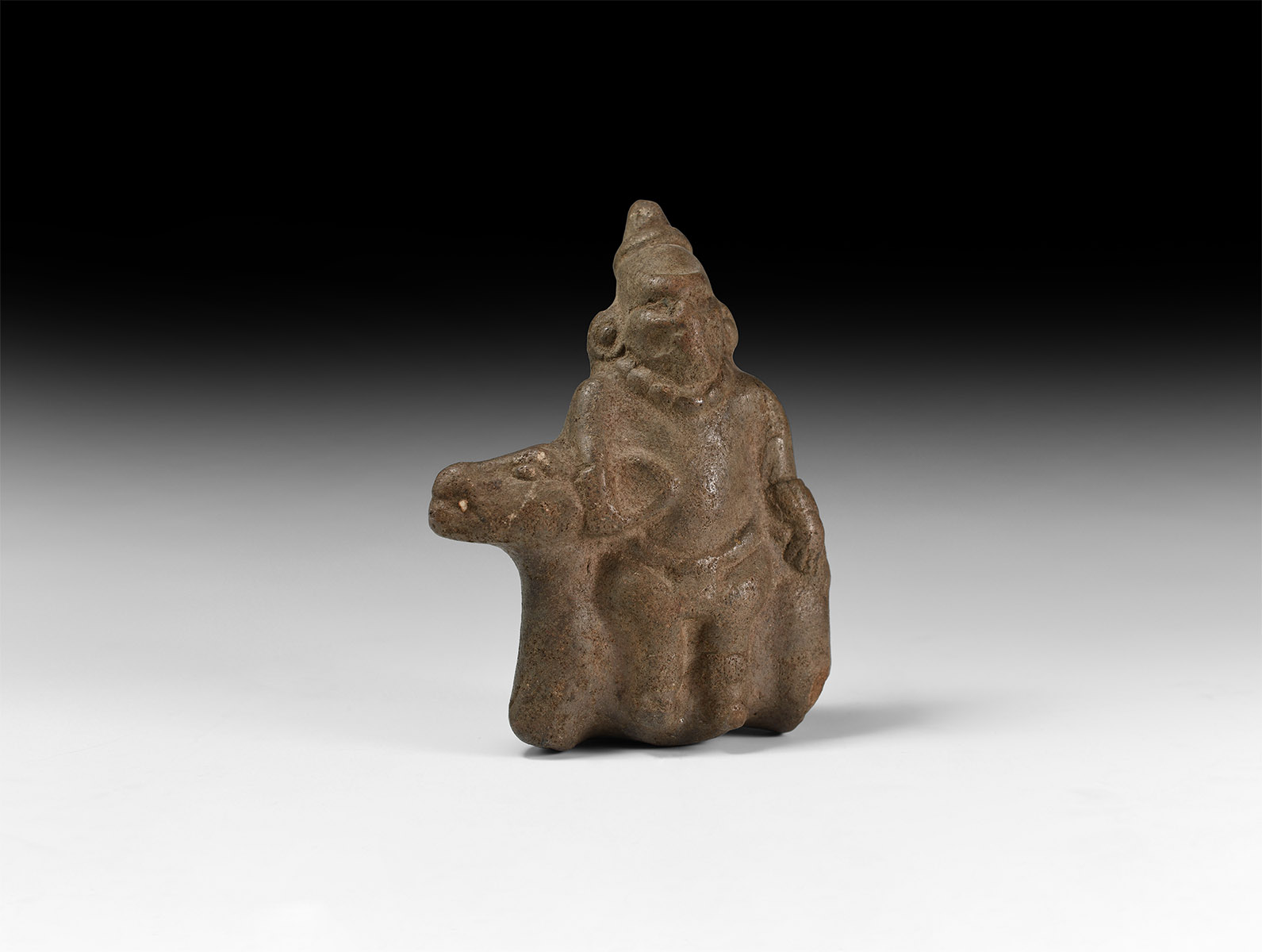
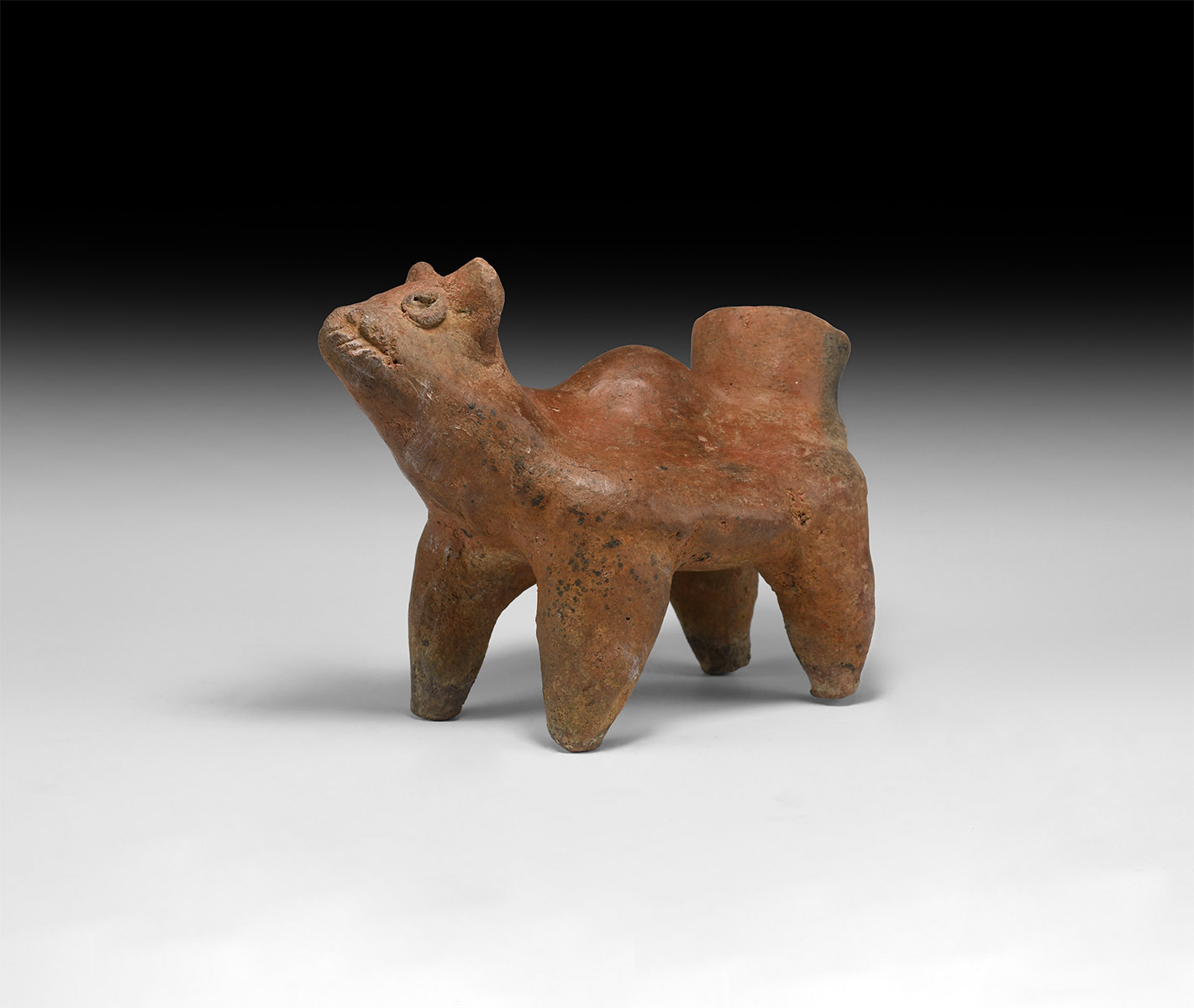
Try LotSearch and its premium features for 7 days - without any costs!
Be notified automatically about new items in upcoming auctions.
Create an alert